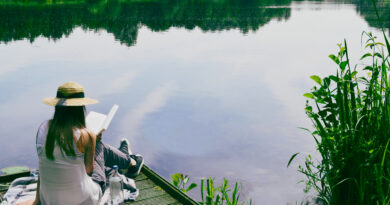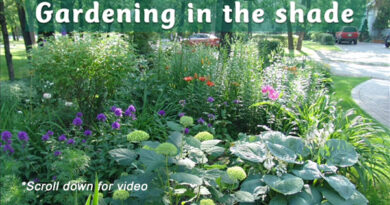How to Prevent and Deal with Winter Burn on Evergreens
Winter burning (also called “winter drying” or “winter browning”) is a common and recurring problem of coniferous trees in colder parts of Canada. Pines (and especially Scots pines) and some cedars are particularly susceptible to the phenomenon, but under certain conditions, juniper and even Colorado and other spruces will suffer injury. So how do we prevent and deal with winter burn on evergreens?
While deciduous trees become dormant in winter, evergreens continue to metabolize, albeit at a much slower rate. They gradually but continually expire moister from their needles throughout the season, thus suffering from winter burn.
Newly planted trees have shallow roots. The roots are unable to reach deeply enough into the soil to by-pass frost and find water to replace that being lost as the needles “breathe” thorough the winter. Winter burning is usually most conspicuous during years in which spring break-up is late. The sun and wind further dry out the needles in late winter and early spring. Well-established larger trees rarely succumb to winter burning.
Young trees planted in unsheltered locations exposed to southern suns and drying winds are most susceptible to burning. Reflection off snow can worsen the condition. The buds of young trees are very sensitive and easily damaged.
In spring, brown needles will drop off the tree, but the buds may still be viable. The tree may produce new foliage as the season progresses. Wait until July to determine if the tree is dead.
There is no magic bullet to avoid winter drying. However, homeowners may protect their trees from winter burn:
Ways to prevent and deal with winter burn on evergreens
- by installing a burlap shield located on the windward side of the tree; (DON’T wrap you tree up like a swaddled baby – the burlap will only wick away what moisture is there.)
- providing an abundance of water to the trees throughout the fall;
- planting trees in protected locations and avoiding, where possible, southern or windy exposure;
- spraying the foliage in late fall with anti-transpirants available in aerosol spray form at most garden centres;
- spraying affected trees with water as soon as symptoms become evident in late March or early April to reduce the extent of injury;
- and most importantly, selecting tree species least susceptible to this form of damage.
In general, spruces are most tolerant while other conifers, such as cedars, firs and especially pines, usually suffer most severely. In zone 3 and lower, avoid box store cedars (Smaragd Emerald) which are only marginally hardy in these areas. Look for Brandon or other Canadian grown trees.
To check out how trees get by in extreme weather, click here.







Pingback: A troubleshooting guide for evergreens - Canada's LOCAL Gardener magazine